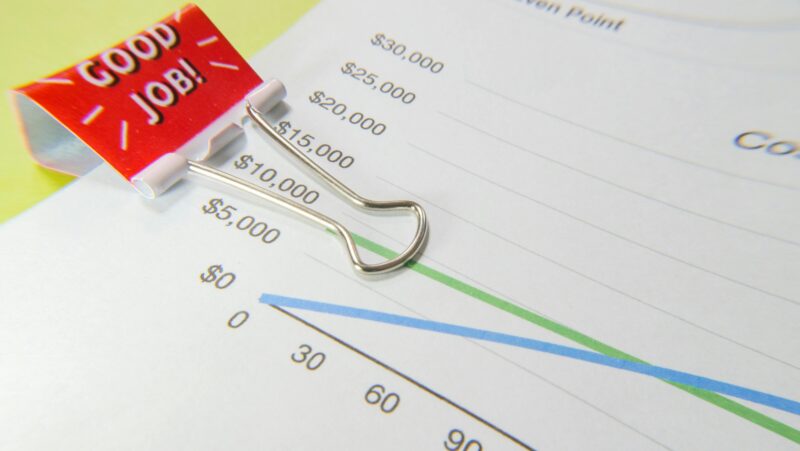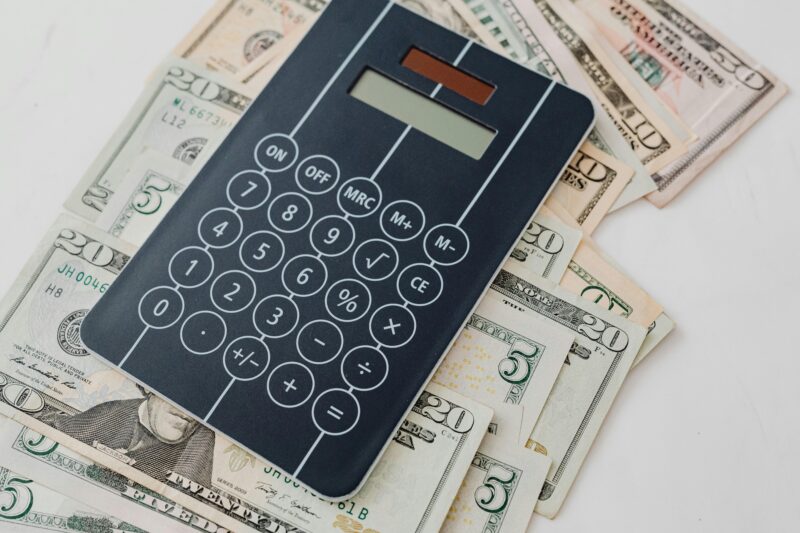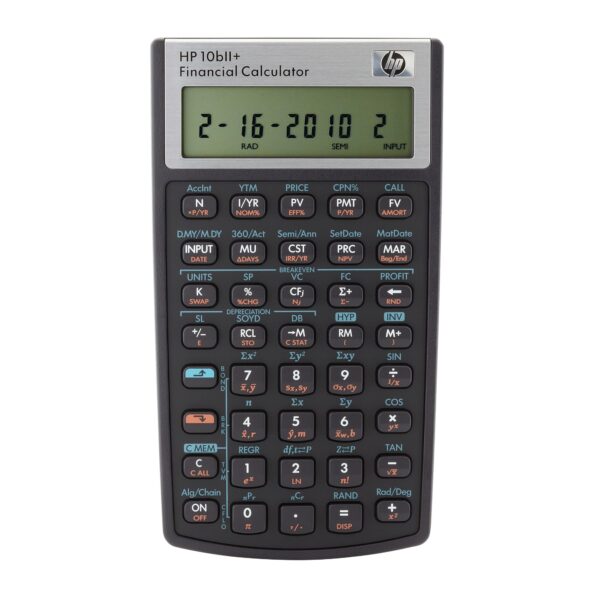Picture this: you’ve just launched a business, pouring your hard work, savings, and dreams into it. But how do you determine the exact moment your efforts yield no loss or gain? That’s where the break-even point comes into play—a critical concept that every business owner must understand.

Simply put, the break-even point (BEP) is the moment when your revenues equal your total costs. At this point, you’re not losing money, but you’re not making a profit either. It’s the “financial balance” moment every entrepreneur should aim to identify.
The break-even point is pivotal in helping businesses strategically plan for profitability. It’s calculated using this straightforward formula:
Break-Even Quantity =
Fixed Costs⁄(Sales Price per Unit - Variable Cost per Unit)
Here’s a quick breakdown:

Let’s bring this to life with an example. Suppose Company A makes and sells water bottles. Here’s the data:
Using the formula, the break-even quantity is:
10,000 units =
100,000⁄(12 - 2)
This means Company A must sell 10,000 water bottles to cover all its costs. Any unit sold after that contributes to profit.

A break-even analysis doesn’t just calculate your no-profit/no-loss point—it offers actionable insights that drive smart business decisions. Here’s how it can help you:
The break-even point isn’t static. It can shift due to changes in costs, pricing, or other factors. Here are a few common influences:
Understanding what drives fluctuations can help you prepare for or mitigate risks. For a more in-depth understanding, visit this detailed break-even analysis method by Colorado State University.
Want to break even faster? Here are a few strategies worth considering:
These adjustments, while simple, can drastically improve your business’s financial health.
To summarize the essentials, here’s a quick table:
| Key Factor | Description | Example Impact |
|---|---|---|
| Fixed Costs | Costs that stay constant regardless of output | Higher rent increases break-even point |
| Variable Costs | Costs that change with production | Cheaper materials lower the break-even point |
| Sales Price | The amount charged per unit | Higher prices decrease units needed |
Understanding your break-even point isn’t just an academic exercise—it’s the foundation for smarter decision-making. By calculating your BEP, tweaking costs, and setting clear sales targets, you set yourself on the path to long-term growth.
So, let’s hear from you! Have you calculated your break-even point yet? What strategies have you tried to improve profitability? Share your insights in the comments, and let’s learn together!

The Hewlett Packard B17 HEW10BII Financial Calculator is an essential tool for finance students and professionals alike. Designed to simplify complex financial calculations, this calculator offers user-friendly features and reliable performance. Its compact design allows for easy portability, making it a perfect companion for finance classes or on-the-go analysis. With its robust functions, the HP 10bII+ efficiently calculates loans, interests, and more, enabling users to achieve precise results effortlessly. Elevate your financial management skills with this must-have calculator, trusted by finance experts for its accuracy and convenience.

Discover the essential financial concepts necessary for success in today's business world with "Contemporary Business Mathematics with Canadian Applications." This comprehensive textbook, authored by Hummelbrunner, Halliday, Hassanlou, and Coombs, combines theoretical knowledge with practical application. It is ideal for students and professionals looking to master quantitative skills related to business decision-making, such as understanding the crucial point where revenues equal costs. Whether you're tackling complex financial calculations or developing critical analytical skills, this resource is an invaluable companion for navigating the financial landscape.
And there you have it—unraveling the mystery of the break-even point, a crucial milestone in any entrepreneur's journey. As you navigate your own path to success, remember that understanding these financial nuances can make all the difference. If you're hungry for more insights and behind-the-scenes peeks at the world of business and architecture, why not join our vibrant community? Follow us on Pinterest for creative business inspiration, or catch up with our latest snapshots on Instagram. For lively discussions and up-to-the-minute updates, hop over to X (formerly Twitter). We're also just a click away on Facebook, ready to connect and share the journey with you. Let's keep the conversation going and explore the incredible world of business together!
The breakeven point represents the level of production at which the costs incurred match exactly with the revenues generated from sales of a product. In the context of investing, a breakeven point is achieved when the market value of an asset equals its initial purchase cost.
The break-even point is where the revenue generated from sales equals the total costs and expenses associated with producing and distributing a product. Beyond this threshold, a business begins to see profit on the product sold.
Brand awareness is the term used to describe how promptly or easily a brand name is recalled when a specific product category is mentioned.
The term used as the baseline for determining the selling price is 'cost.' This represents the total expense of producing a product or service and serves as the foundation for setting a competitive selling price.
